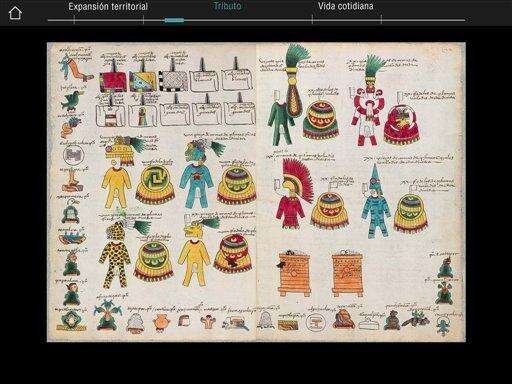FILE - This file photo taken in 2004 in Santiago de Compostela, Spain, shows one of the pages of the original 12th century religious Calixtinus Codex manuscript exhibited in the cathedral. A former electrician for Spainâs famed cathedral in Santiago de Compostela is on trial for his alleged theft of the priceless 12th-century Codex Calixtinus religious manuscript. It is considered the first guide for Christians making the ancient pilgrimage across northern Spain called the Camino de Santiago. Jose Manuel Fernandez Castineiras appeared in court Monday Jan. 19, 2015 with his wife and son after authorities found the Codex in his garage in 2011 and recovered 1.2 million euros ($1.4 million). (AP Photo/File)
The Associated Press
MADRID (AP) - The former electrician for Spain's famed cathedral in Santiago de Compostela went on trial Monday for the alleged theft of a priceless 12th-century Codex Calixtinus, considered the first guide for Christians making the pilgrimage to venerate St. James.
Jose Manuel Fernandez Castineiras appeared in court with his wife and son. Authorities said they found the Codex in his garage in 2012 and recovered 1.2 million euros ($1.4 million).
His lawyer Carmen Ventoso argued that evidence should be thrown out - including a confession by Castineiras and security video appearing to show him in a cathedral office stuffing money into his pants pockets.
The richly-decorated Codex went missing in 2011. Authorities said they also found other valuable religious works.
The pilgrimage across northern Spain to the cathedral in the northwestern Galicia region was inspired by the reputed discovery of the apostle's tomb around the year 800 and it remains popular.
FILE - In this July 7, 2011 file photo, Jose Maria Diaz, the Dean of the Cathedral of Santiago de Compostela, left, poses by a replica of the 12th century religious Calixtinus Codex manuscript on display in the cathedral. A former electrician for Spainâs famed cathedral in Santiago de Compostela is on trial for his alleged theft of the priceless 12th-century Codex Calixtinus religious manuscript. It is considered the first guide for Christians making the ancient pilgrimage across northern Spain called the Camino de Santiago. Jose Manuel Fernandez Castineiras appeared in court Monday Jan. 19, 2015 with his wife and son after authorities found the Codex in his garage in 2011 and recovered 1.2 million euros ($1.4 million). (AP Photo, File)
The Associated Press

This image made from the screen of a mobile device on Thursday, Jan. 15, 2015 shows the The Codex Mendoza app with a page from the 16th century document that is considered one of the most important primary sources on the Aztecs of pre-Columbian Mexico. The interactive document, released on Thursday by Mexico's National Institute of Anthropology (INAH), lets users mouse-over the old Spanish text for translations into English or modern Spanish, and click on images for richer explanations and explore maps of the area. The original was compiled by Aztec and Spanish artisans to inform the king of Spain about conditions in the viceroyalty. (AP Photo)
The Associated Press